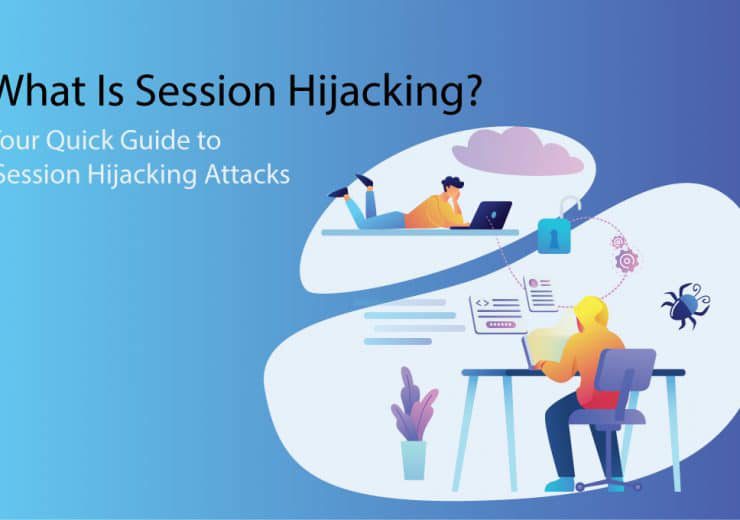Session Hijacking Attack; What Is It and How To Prevent Session Hijacking?
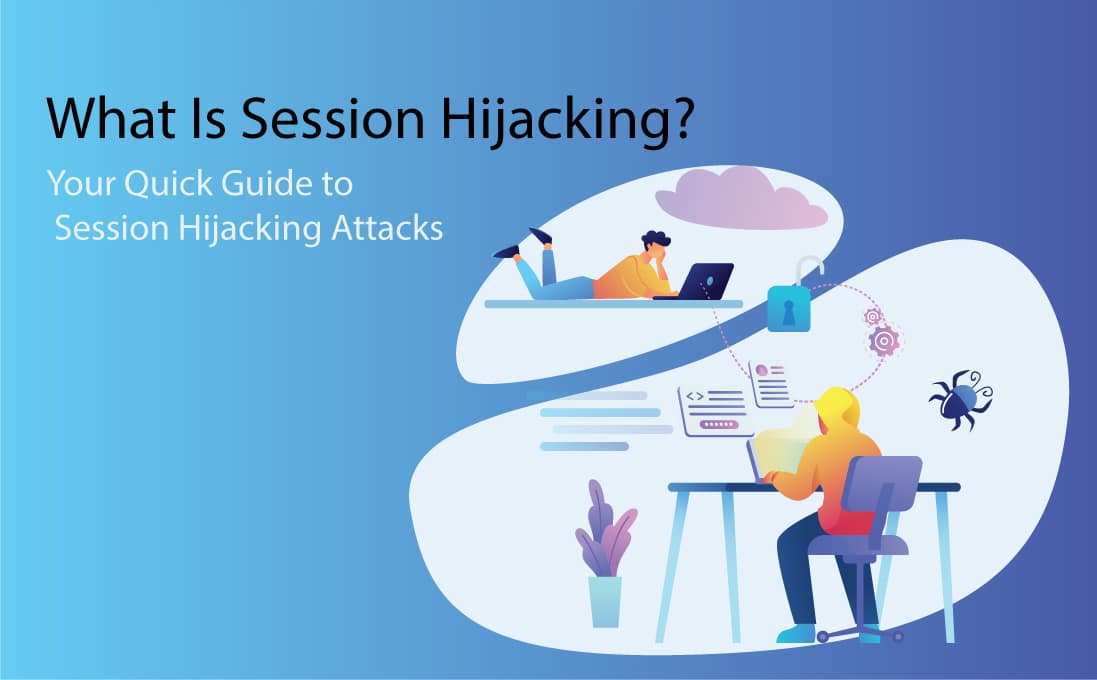
What Is Session Hijacking Definition?
The term is categorized as an attack in which an attacker takes the user’s session. It embarks with the time when the user logs into any service. Along with it, this service may be related to the banking application, and you ended up with the logout. In addition, the action of attack or the tendency of attack depends upon the attacker’s knowledge regarding your session cookie. What is more, it is also named cookie hijacking. The attack can be done by stealing the user’s session cookie by clicking a malicious link that contains the preparing session ID. After that, the hijacking is done.
Suggest you read our article about how to redirect http to https
What Is a Session?
HTTP is a stateless protocol. It means no information is stored in the browser. The application designer has come up with a unique way to record users’ activities. Instead of asking users before recording connections, an application runs anonymously in the background without needing authentication of users. Every click is recorded and used for various purposes. It is called a session recording.A session is the multiple interactions performed between two endpoints. Every session is part of a series of exchanges where user activities begin recording when they login to an application. The individual session file is created in a temporary folder on the server. Tracking is done in the background, and all communication with the application of the same user is recorded on the server.

A session ID made of long strings combined with letters and numbers is used to identify the user. These session IDs are stored in the cookies, URL, or hidden in the web pages.
If you are willing to know how virtualization technology works , this article can help you!
3 Types of Session Hijacking
1- Active

2- Passive
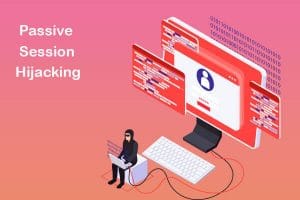
3- Hybrid

Suggest you read our article about what is distributed denial of service attack
Session Hijacking Techniques
With the given examples, you will learn about how it works and how to do session hijacking. Keep reading to educate yourself. It cannot be done exclusively. There are several ways of doing session theft which is listed below:1- Cross-Site Scripting
In cross-site scripting, what the attacker does is capture the session Id of the victim with the help of Javascript. First and the foremost attacker sends the crafted link, which consists of the malicious javascript, to the victim. If the victim tab is on the crafted link, then javascript starts running and completes all the attacker’s instructions. In addition to it, this instruction is set by the attacker.
2- IP Spoofing
It is also one of the most excellent session hijacking techniques which are used. It is used for gaining unauthorized access from the computer system, including the IP address. This IP address belongs to the trusted host. For performing this technique, the attacker requires the IP address of the client. After that, the attacker adds packets spoofed with the client’s IP address into the TCP session. These are a few common ways of doing web session hijacking. Apart from it, there is also another method that is using packet sniffers.
3- Session Sniffing
It is one of the common ways of session hijacking. Hacker generally uses sniffers such as Wireshark, proxy, OWASP Zed to penetrate network traffic with a predicted session ID. Once the attacker finds value, tokens are used for unauthorized access.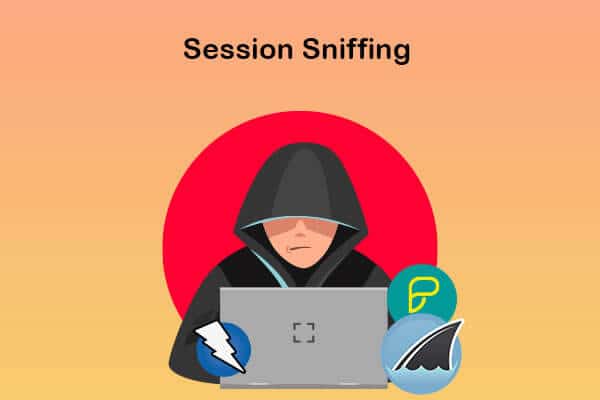
4- Predictable Sessions Token ID
Session IDs are generated with the standard script algorithm that runs in sequence. Once you know, one session ID is recorded on a particular date and the other session-id on a future date. You can easily guess how many sessions are processed between two dates. A challenging part of this process is guessing session tokens accurately. Weaker token sessions are easier to find and predict. An attacker generally captures several ids and decodes the patterns to find a valid session ID. Session hijacking mitigation is possible with little awareness about how it works and what solutions prevent it.
5- Man-in-the-Browser Attack
In this hijacking method, the users’ computers are targeted. Trojans are stored on the user’s computer, which tracks the sessions recorded through the computer. Once malware is successfully installed on the victim’s computer, a man in the browser can modify any transaction information and input the required data to a target site.
6- Session Side Jacking
Cybercriminals are using packet sniffing to monitor users’ network traffic. They intercept session cookies after the user has entered login credentials on a web browser. Cybercriminals can hijack a session and gain access to the secure data of users.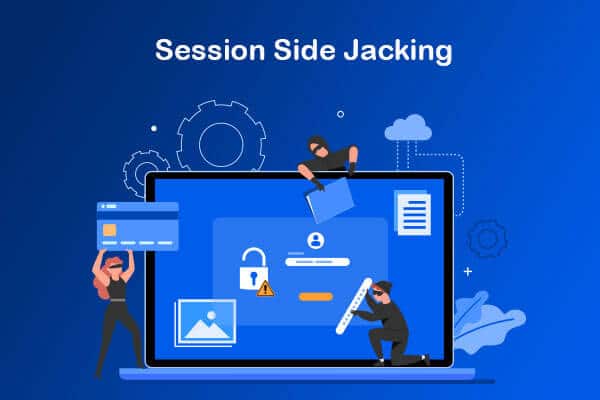
7- Session Fixation Attacks
In this, the valid session IDs are targeted while users are trying to access the web application. The user’s authentication would be in process while the attacker tricks the user through fake authentication and takes charge of the session. In this way, the attacker would have access to the victim’s computer. Session fixation is the most common way to enter the user’s computer through identifying session IDs from various sources, such as finding the session id in the URL argument, hidden in the form, saved in the cookies. This data is recalled and used for getting access to the web application.
8- Malware Injection
Specialized malware is made to hack users’ computers. These programs are designed to steal browser cookies and take action without letting users know about their system. This malware is generally placed on unauthorized websites. When users click on ads or applications on-site, the malware is downloaded on a user’s system.A hacker with access to a local storage system can easily steal session keys. They will have your computer access which will work as a window to access the browser’s temporary files or cookies. Hackers can perform a quick scan to get content from a server or user’s computer.

9- Brute Force
Hackers are using brute force attacks to find the users’ session keys. Predictable session keys are easy to identify. Hacker uses the weakness of the technology to find session keys and gain access to users’ systems. The technique was highly effective for hackers in the past, but modern applications have become more secure and do not allow brute force attacks on the system. Today, the session IDs are randomly generated and offer a high level of security to users.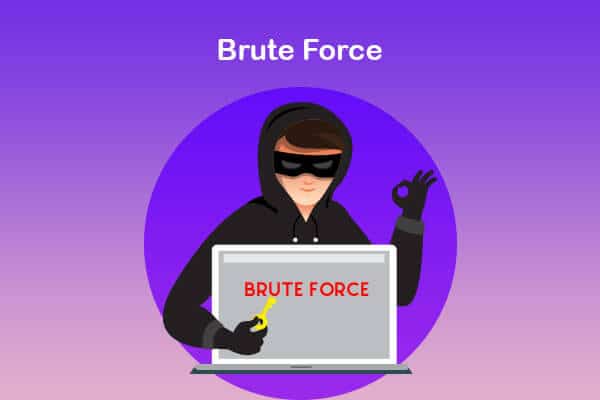
Levels of Session Hijacking Attacks
1- Transport Layer Hijacking
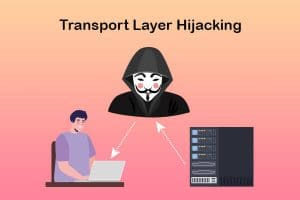
If the server cannot identify the difference between fake and genuine packages, the attacker can access the users’ session. Once the access is gained, the bad actors come in place to send malicious data packets covered as legitimate information to the client and server.
2- Application Layer Hijacking

The proxy attack is also considered as application layer hijacking. Attacker sniffs the direct traffic coming to the proxy server using the predefined session IDs. Session hijacking vulnerability cause and effect are very dangerous to the personal information stored on the server; hence you should protect yourself from it.
How to Prevent Session Hijacking?
Once you learn about what is session hijacking attack? Now it is time to look at some of the effective methods to prevent session hijacking.Modern web applications are developed by keeping session hijacking in mind. However, you should personally look into the security system to avoid future hijacking of your vital data.
There are many ways you can prevent malware injection into your system and protect the data from getting lost due to unexpected events. By implementing these techniques, you can decrease the risk of session hijacking.
HTTPS Secure Protocol
It ensures the data exchange between server and users computer using SSL/TLS encrypted. Even if attackers manage to get the packets, they will not be able to decrypt the information making your data safe.
HTTPOnly
HTTPOnly security method prevents client-side cookies storage. The attacker cannot deploy XSS attacks on the server, preventing injections of JavaScript in the browser.Reputed Antivirus Software
Get the reputed antivirus software to protect your system from hacking activities. The antivirus software detects malicious actions on the design and blocks the entry immediately. Virus or malware will be deleted instantly as soon as it is identified. Keep your operating system up to date to avoid system vulnerability.
Use Available Web Framework
Instead of inventing your custom build session management, you should use the readily available web framework. These will safeguard your assets.Apart from it, these are some ways for session hijacking mitigation. You can choose one of the ways with the guidance for session hijacking prevention:
- You can use web frameworks. It provides a highly secure session ID generation mechanism. It also includes a management mechanism. Therefore, you can also opt for the option.
- Give priority to the HTTPS. It ensures encryption of all the session traffic. It acts as a barrier in the way of attackers, which escapes you from the plaintext session.
- Regenerating the session key is also a way to prevent session hijacking. It can be done after the initial authentication.
- The web server is also able to generate long session cookies. It helps reduce adversary guessing.

What Can Attackers Do After a Successful Attack?
Beyond the shadow of a doubt, hijacking becomes the most significant threat for all the masses over the session. The attackers can do various activities, primarily irrelevant or illegal actions, during the active session. The activities of attackers vary from application to application that they targeted. It is basically up to them, and they can transfer the money from the victim’s account to the other version, do the shopping from the numerous web stores, steal all the essential and secret information of the victim, and so on.
Session Hijacking vs. Session Spoofing
The majority of the masses who do not have too much knowledge about hijacking think they are the same things or activities. However, both of these are different in timings. The session stealing is done when the user is currently logged in to the application.
On the other hand, in the cases of spoofing, the stolen token is used by the attackers for creating the new session. In addition, this is one of the most significant differences between these two.
Conclusion
The inference of complete analysis is that all the above mentioned is quite essential for those masses who are serious about session hijacking attacks. In addition, you can tackle this problem with awareness, knowledge, and proper guidance. For more information check this post out.



